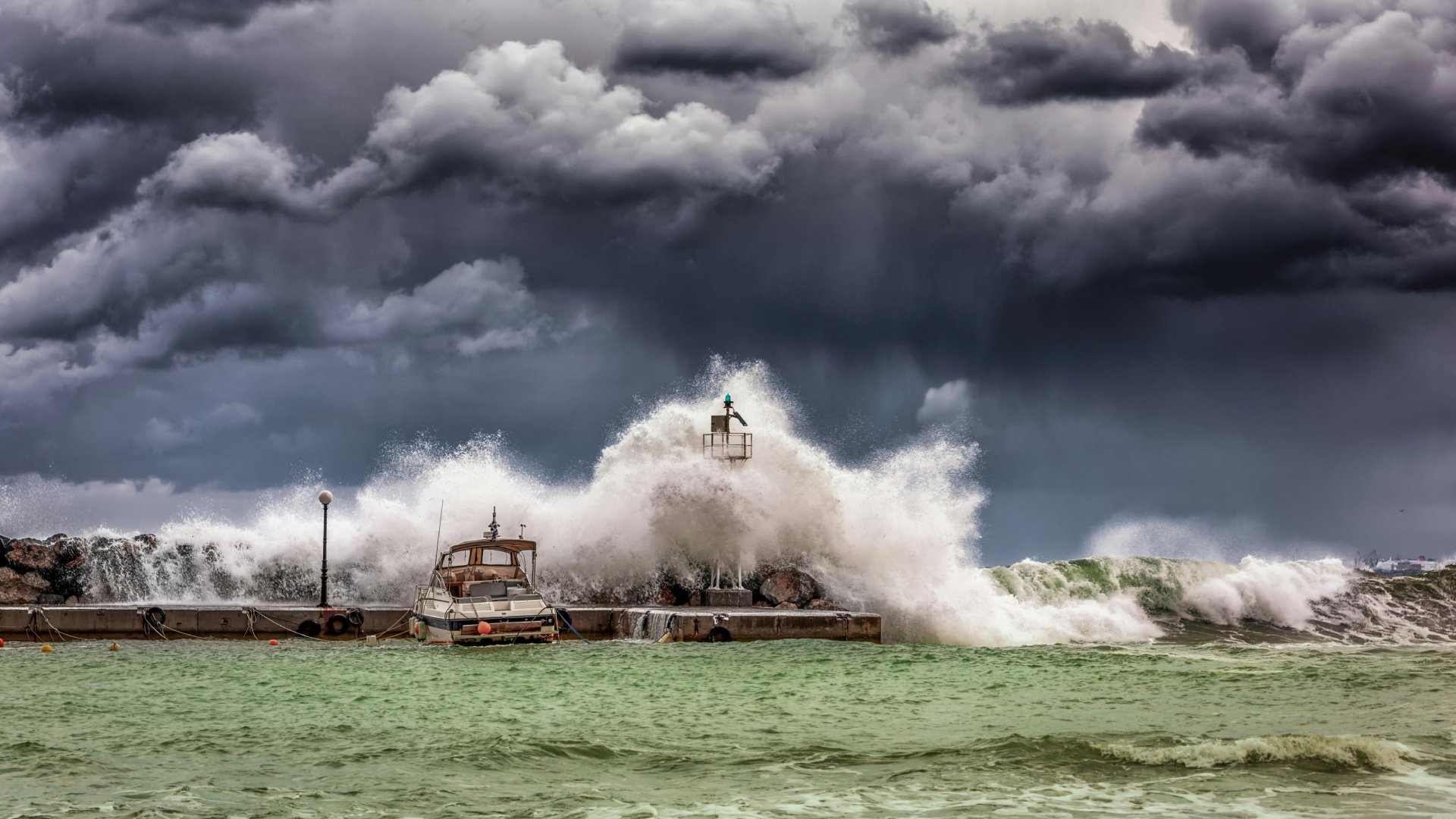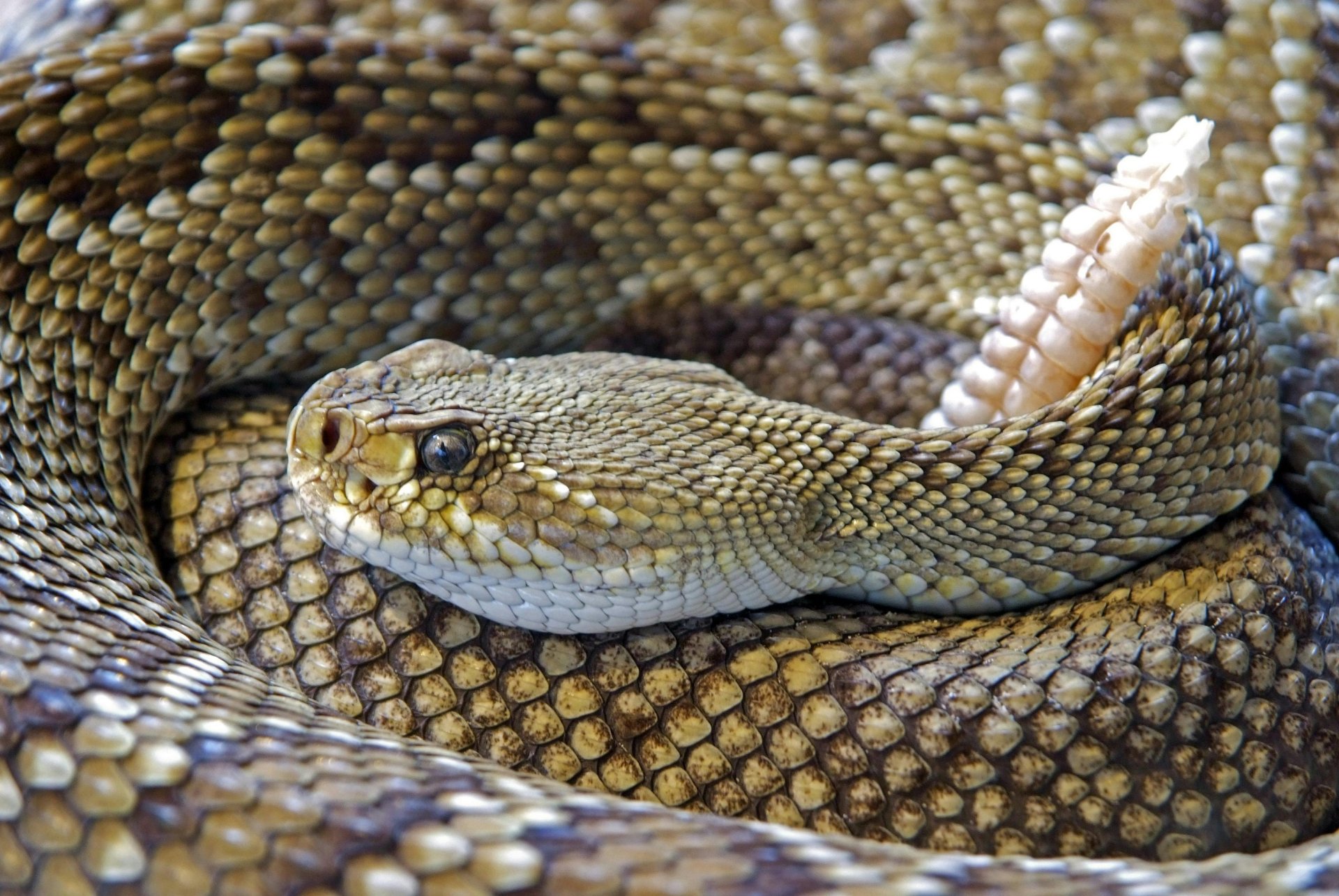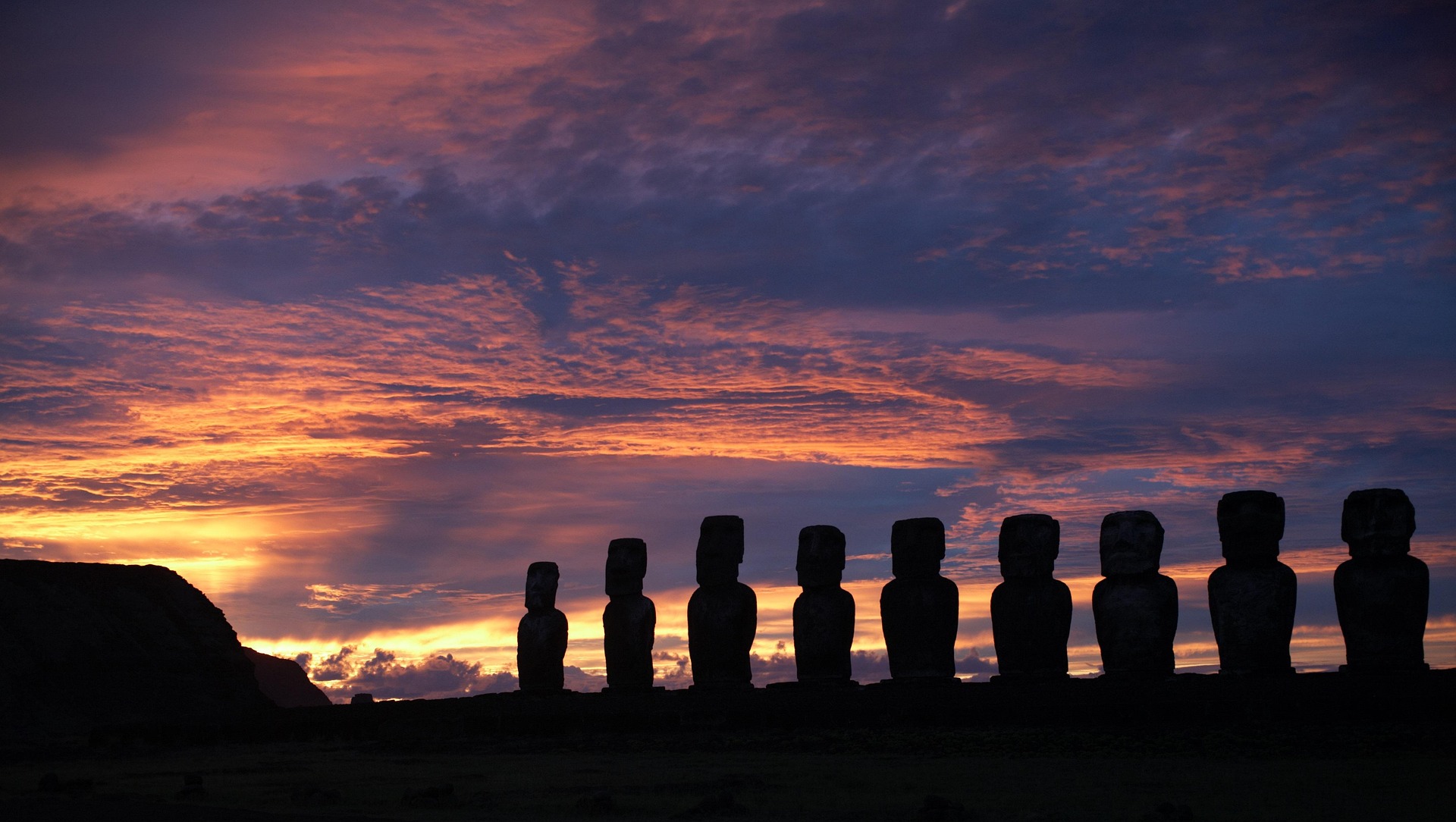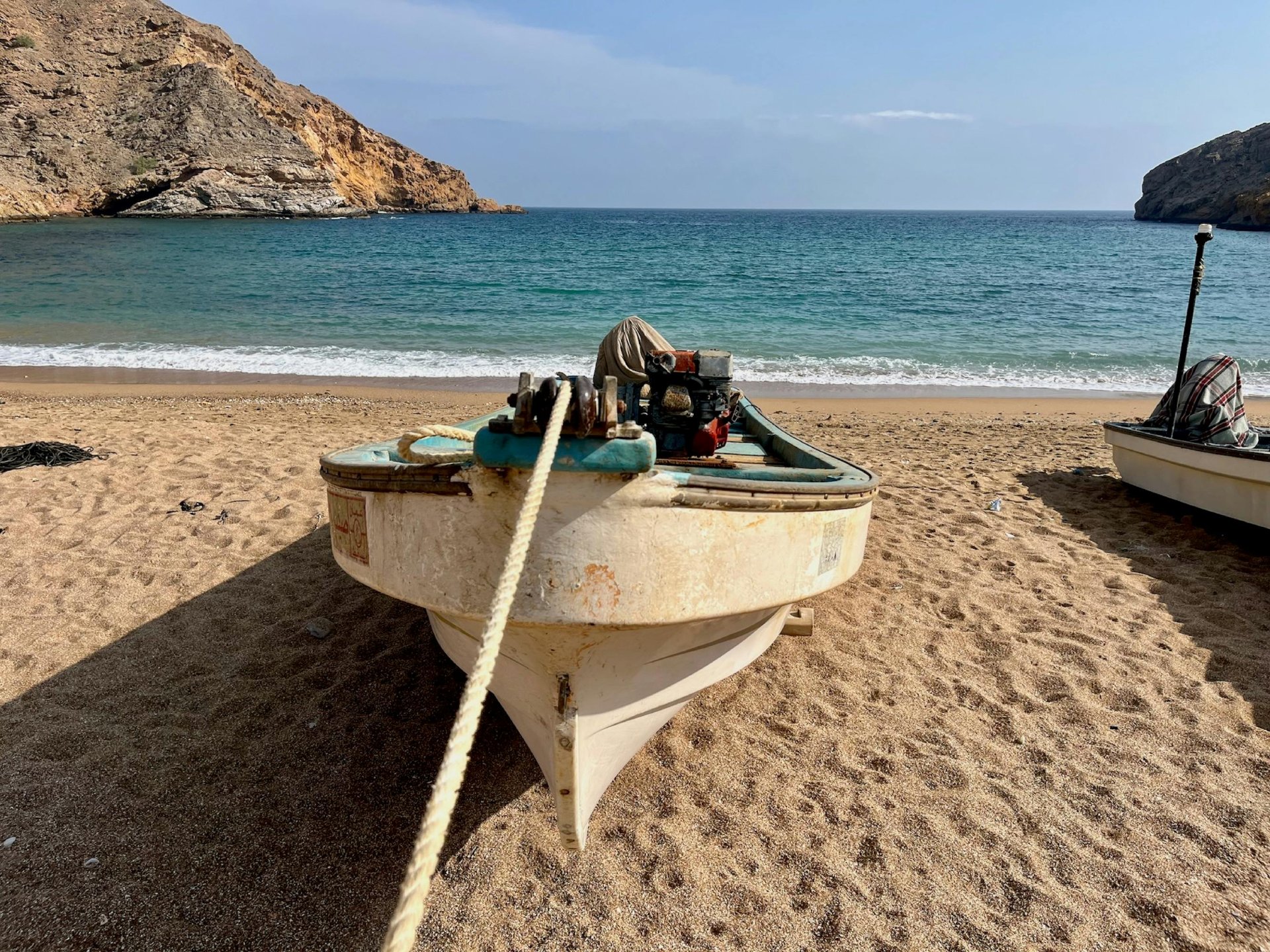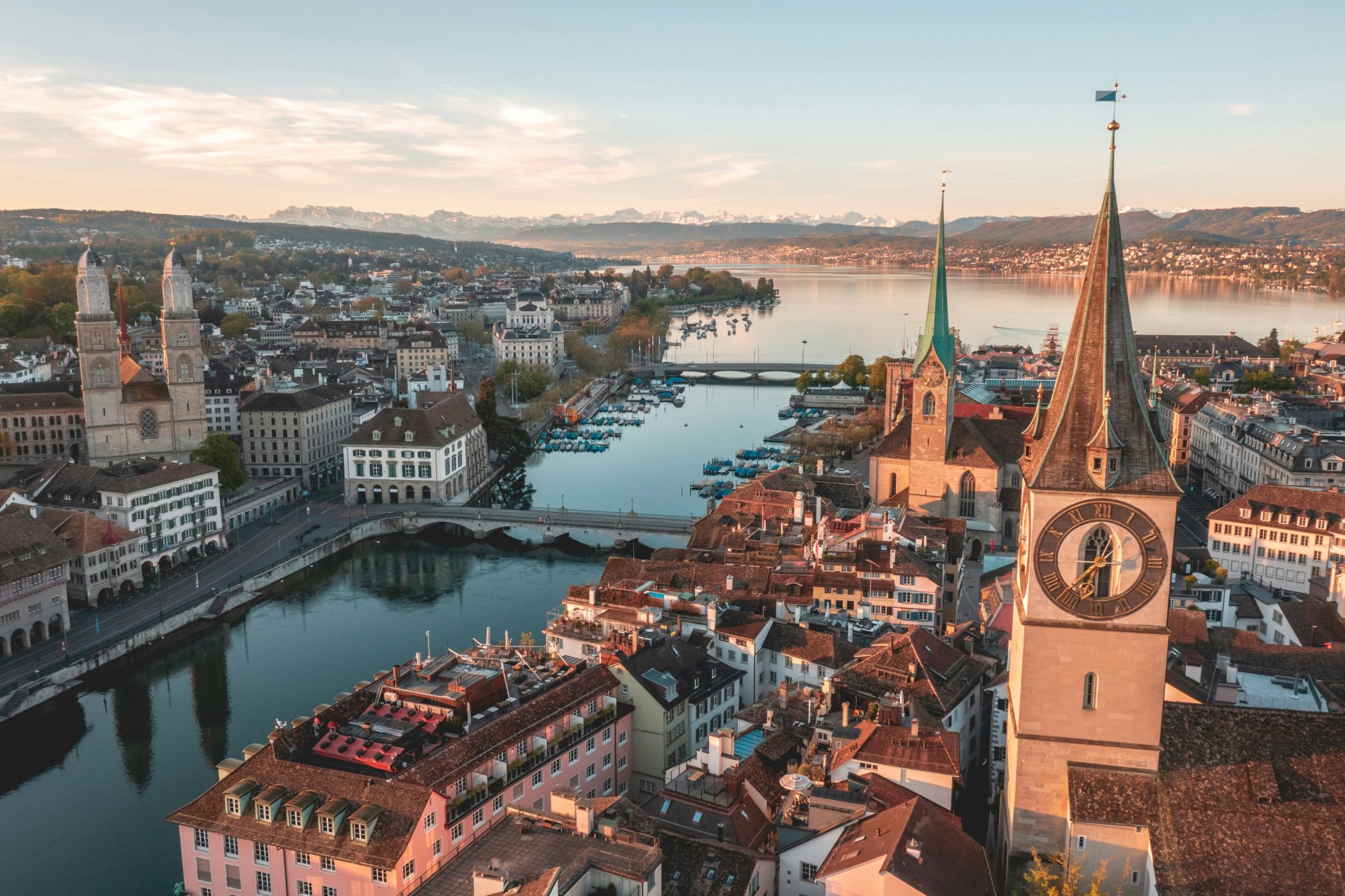Article Highlights:
- Fishing’s Greatest Destinations: From Deep-Sea Giants to Fly Fishing Havens
- Diverse Locations: Coverage of the best global destinations for each type of fishing.
- Dangerous Places to Drop a Line: Analyzing political, environmental and criminal dangers.
- Injuries and Illnesses: Common injuries and illnesses associated with fishing in key locations.
- Fly Fishing to Surfcasting: Best international places for deep-sea fishing, fly fishing and surfcasting.
- Fishing Tips and Insights: Advice for anglers on where and when to fish.
Fishing has been a cherished sport for centuries, evolving into various forms like deep-sea fishing, fly fishing, nymphing and surfcasting. Each method offers a unique challenge, and the regions where these techniques flourish attract thousands of outdoors enthusiasts from around the world. But fishing isn’t without its risks, with political instability, environmental hazards and health risks posing threats to the most adventurous anglers.
When it comes to comprehensive traveler protection for those on a fishing trip, Global Rescue checks all the boxes where many competitors do not. Not only does Global Rescue offer premier traveler protection services such as field rescue, medical evacuation in the event of an emergency, and specialized advisory, but we also collaborate with leading travel insurance providers to offer one-stop access to all your precautionary trip planning. Check out this comparative tool to see how we measure up and then learn about all the best international destinations for all types of fishing.
Deep-Sea Fishing: The Ultimate Deep-Water Fishing Destinations
Deep-sea fishing, or offshore fishing, involves catching fish like marlin, tuna and sailfish in waters more than 100 feet/30 meters deep. Popular deep-sea fishing destinations include:
Costa Rica
Known for its Pacific coast, especially the Nicoya Peninsula, Costa Rica offers world-class deep-sea fishing, attracting anglers with the chance to catch marlin, sailfish and mahi-mahi.
The Bahamas
Famous for big game fishing, the Bahamas offers a blend of shallow reefs and deep waters, making it ideal for tuna, wahoo and blue marlin.
Mexico (Cabo San Lucas)
Another mecca for deep-sea fishing, Cabo offers some of the most lucrative waters, especially for marlin fishing, earning it the nickname “Marlin Capital of the World.”
Australia’s Great Barrier Reef
A prime location for game fishing, especially for species like black marlin.
Dangerous Regions and Common Injuries for Deep-Sea Fishing
The Gulf of Guinea in West Africa has rich waters, but the area is known for piracy, making it a dangerous destination for anglers. Somalia and the Indian Ocean are volatile regions with significant risks of piracy and political instability. The Philippines and Malaysia in Southeast Asia are excellent areas for deep-sea fishing adventures but the waters are also known for piracy and illegal trafficking.
Deep-sea fishing can lead to various injuries due to rough seas and large, aggressive fish. Back injuries are common due to prolonged battles with large fish. Sunburn and dehydration are routine threats, especially on long trips. Motion sickness can affect even the most experienced deep-sea fishing veterans.
Fly Fishing: Mastering Precision in Freshwater
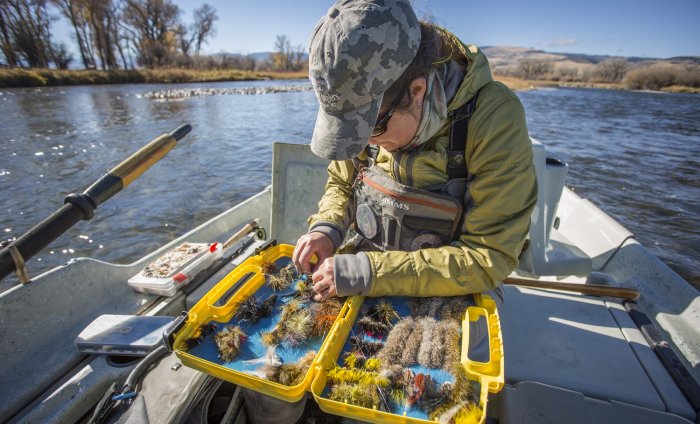
Fly fishing, often seen as the epitome of angling skill, involves using lightweight lures to mimic natural flies. It’s most popular in freshwater rivers and lakes, and top destinations include:
New Zealand
Known for its clear waters and big brown trout, New Zealand’s rivers, like the Tongariro and Waiau, are a paradise for fly fishers seeking freshwater fishing.
Patagonia, Argentina
Famous for its large rainbow and brown trout, Patagonia offers remote, wild fishing adventures.
Dangerous Regions and Common Injuries for Fly Fishing
Tajikistan is an emerging fly fishing destination marred by border conflicts and instability. Russia’s Kamchatka Peninsula is remote and known for exceptional fishing. But the country has been listed by the U.S. Department of State as a Level 4 – Do Not Travel country due to the unprovoked and unjustified attack by Russian military forces in Ukraine and the potential for harassment against U.S. citizens by Russian government security officials.
Fly fishing can be deceptively strenuous, leading to wrist and elbow injuries from repeated casting, often called “angler’s elbow.” Hypothermia in colder climates, especially during extended periods in freezing waters. Snake and insect bites are a constant concern, particularly in remote or forested areas.
Surfcasting: A Coastal Challenge
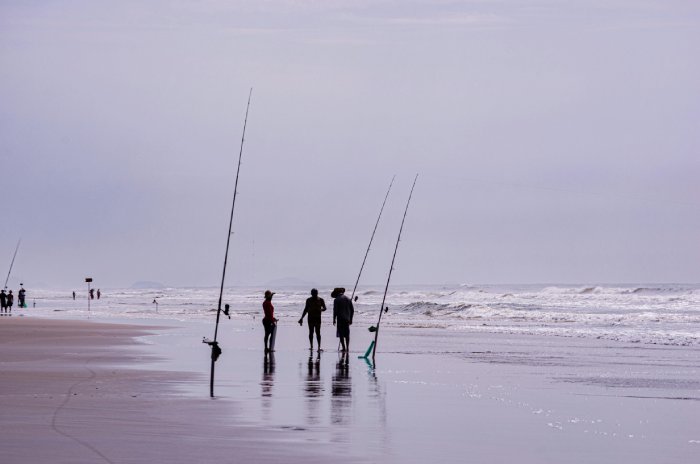
Surfcasting, a type of shore fishing where anglers cast bait from the beach into the surf, is popular in coastal areas. The best destinations for surf casters include:
New Zealand’s Ninety Mile Beach
This iconic stretch of coastline is renowned for its surfcasting opportunities, especially for snapper and trevally.
Cape Point, South Africa
Offering some of the best shore-based fishing in the world, South Africa’s waters are teeming with kingfish, sharks and other species.
Dangerous Regions and Common Injuries for Surfcasting
South Africa’s Western Cape has a high crime rate, a culture of lingering xenophobia and politically unstable areas each posing a risk for surfcasters in some regions. India’s West Coast is excellent for surfcasting, but this region can be dangerous due to strong currents and high crime rates in local areas. Surfcasters in regions like Oman and Yemen face the dangers of political unrest and occasional militant activity.
Shark attacks are a risk in certain regions. Heatstroke and dehydration are potential health threats in tropical regions. Surfcasters face potential leg and ankle injuries due to the unstable sandy terrain.
Have Your Fish, and Eat It, Too
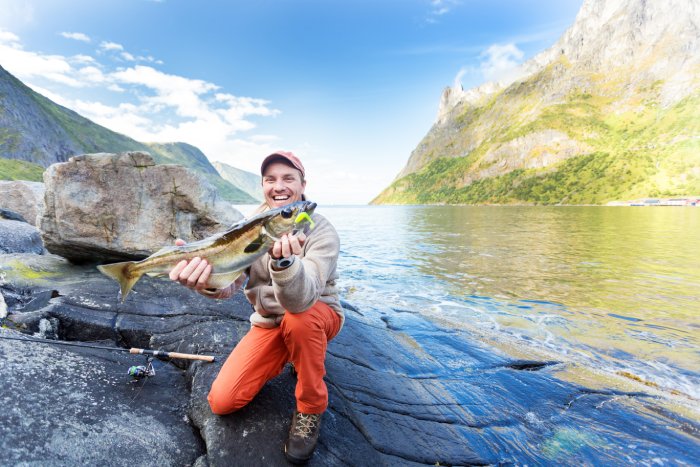
Avid anglers commonly enjoy all types of fishing and will travel with friends, family, colleagues or solo to the best destinations around the world to fish and absorb what each locale has to offer including diverse cultures, spectacular landscapes and exotic cuisine. The following is a list of some of the best places for all types of fishing:
South America
Pantanal, Brazil: Known for its rich biodiversity, it’s a prime location for freshwater fishing, particularly for species like piranha and peacock bass.
Rio Grande, Argentina: Famous for its sea-run brown trout, this river is a fly fishing paradise.
Lake Titicaca, Peru/Bolivia: Offers unique fishing experiences in one of the highest navigable lakes in the world, with species like trout and native fish.
Europe
Loch Ness, Scotland: Famous for its legendary monster, it offers trout fishing and stunning scenery.
Lofoten Islands, Norway: Known for deep-sea fishing, particularly for cod and halibut, in breathtaking Arctic landscapes.
Lake Bled, Slovenia: Offers beautiful scenery and fishing for trout and other species in a serene setting.
Asia
Kushiro River, Japan: A premier destination for fly fishing, particularly for salmon and trout in pristine environments.
Himalayan Rivers, India/Nepal: Known for their stunning landscapes, rivers like the Bhagirathi and the Gyirong are excellent for fishing Himalayan mahseer.
Andaman Islands, India: Offers fantastic opportunities for deep-sea fishing and catching species like tuna and marlin.
Oceania
Queenstown, New Zealand: Known for its stunning lakes and rivers, it’s a hotspot for trout and salmon fishing.
Katherine River, Northern Territory, Australia: Offers excellent freshwater fishing for barramundi and other species in beautiful natural surroundings.
Africa
Zambezi River, Zambia/Zimbabwe: Famous for its tiger fish, this river offers thrilling fishing opportunities in a beautiful setting.
Lake Malawi: Known for its unique cichlid species, it also provides great fishing experiences in a stunning African landscape.
Caribbean
Bahamas: Offers some of the best bonefishing in the world and opportunities for deep-sea fishing.
These destinations offer a diverse range of fishing experiences, from tranquil freshwater settings to exciting deep-sea adventures. Each location has its unique charm and species, making them top choices for anglers.
The Global Rescue Connection
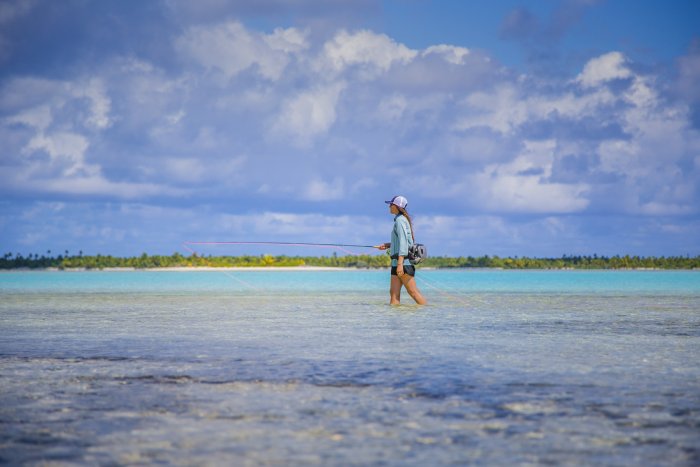
Angling, in all its forms, offers an exciting and rewarding challenge. Whether it’s the thrill of deep-sea fishing, the precision of fly fishing or the coastal challenge of surfcasting, anglers have no shortage of destinations to explore.
With these experiences come risks, however, both from nature and political instability. Bites, stings, lacerations, rashes are some of the minor issues that could become serious if not examined and treated. Heat stroke, heart attack and back injuries are potential emergencies facing anglers, too. Understanding the dangers and taking precautions can ensure that fishing adventures remain enjoyable and safe.
Whether you’re deep-sea fishing off the Nicoya Peninsula in Costa Rica for sailfish, fly fishing in New Zealand in the Tongariro and Waiau rivers for big brown trout, or surf casting South Africa’s Cape Point for kingfish, remember to hook a Global Rescue membership.
“Travel smart and be prepared. When it comes to medical evacuation and security insurance, my recommendation is to never leave home without [a Global Rescue membership],” said Yellow Dog Flyfishing’s Jim Klug.
Are you a fishing outfitter, guide or operator? Click here to learn how partnering with Global Rescue is perfect for you and your fishing adventurers exploring the remote and sometimes rugged terrains around the world.


